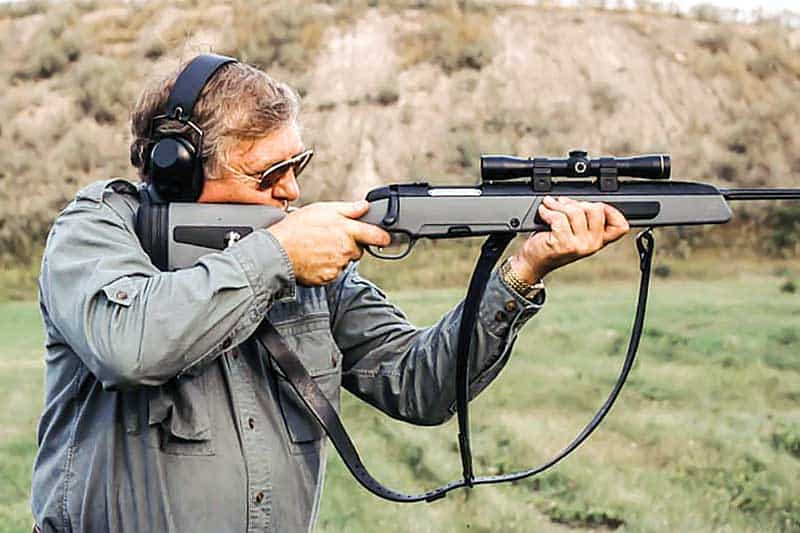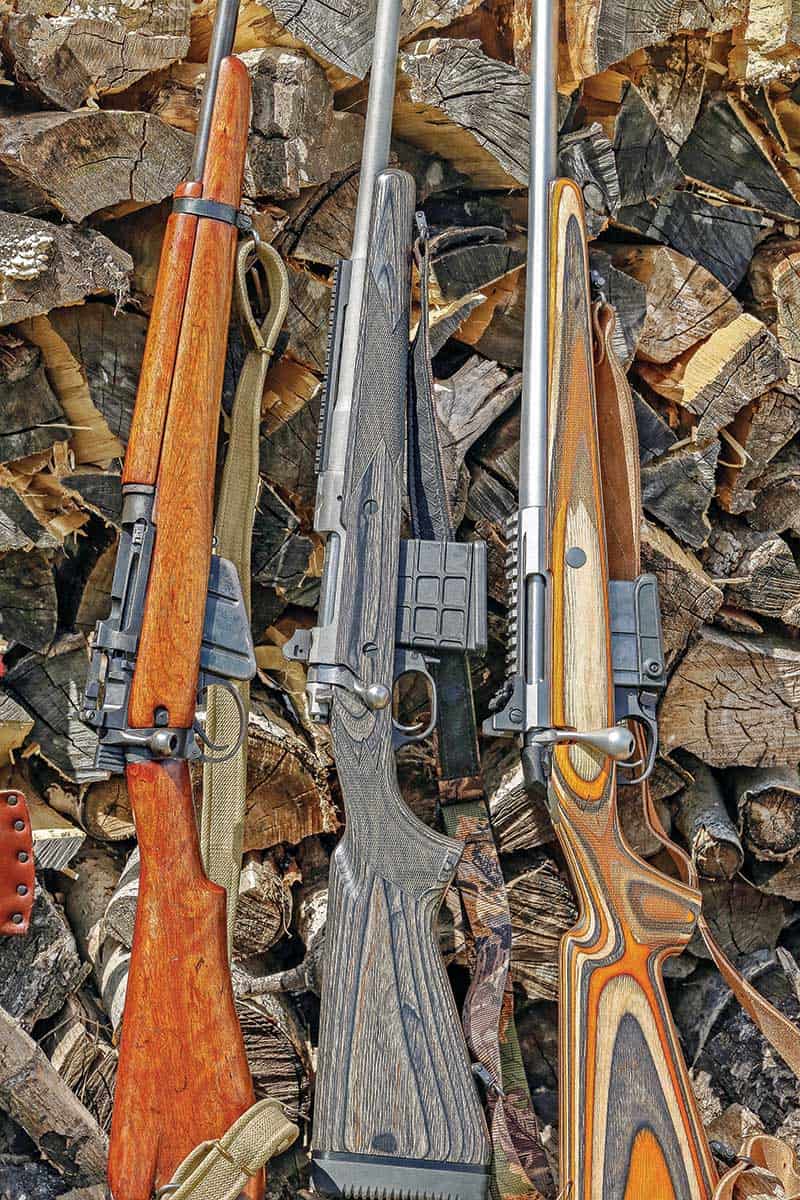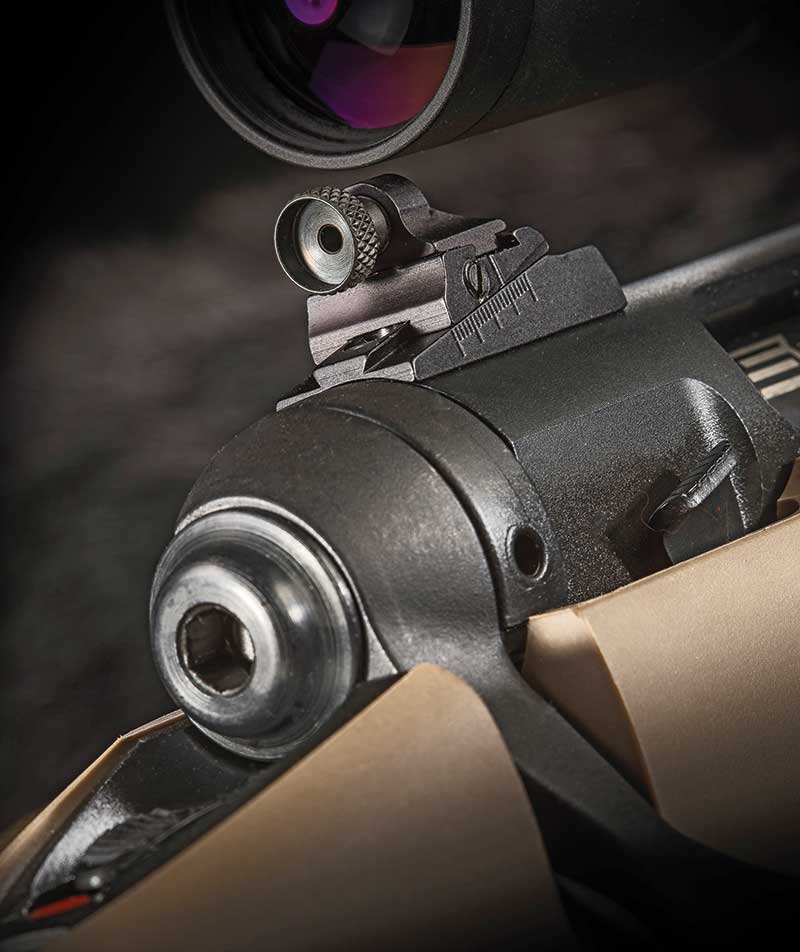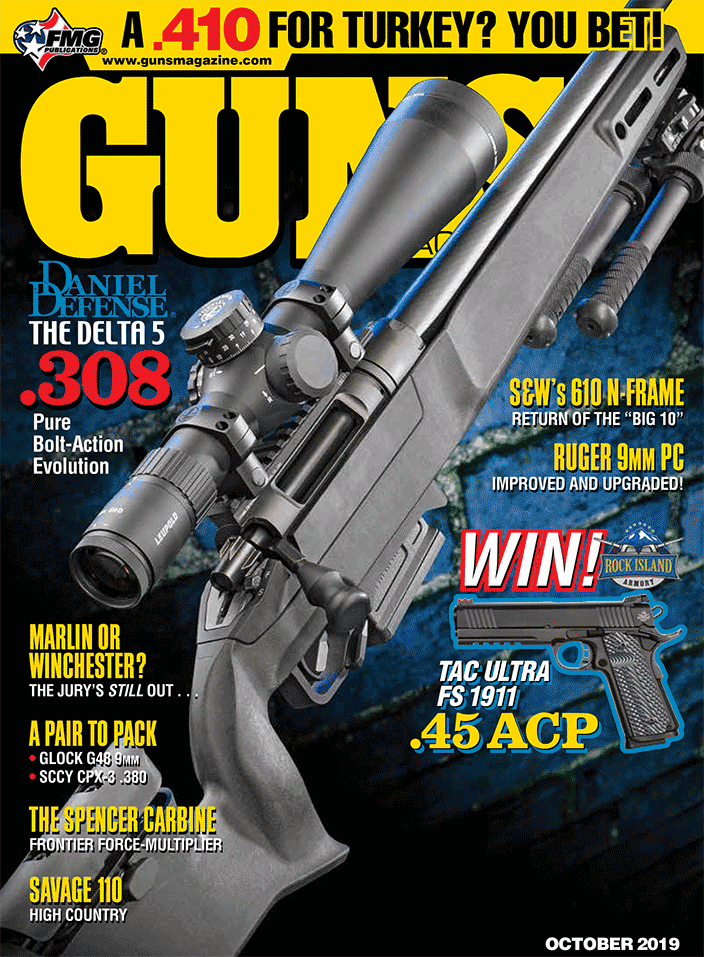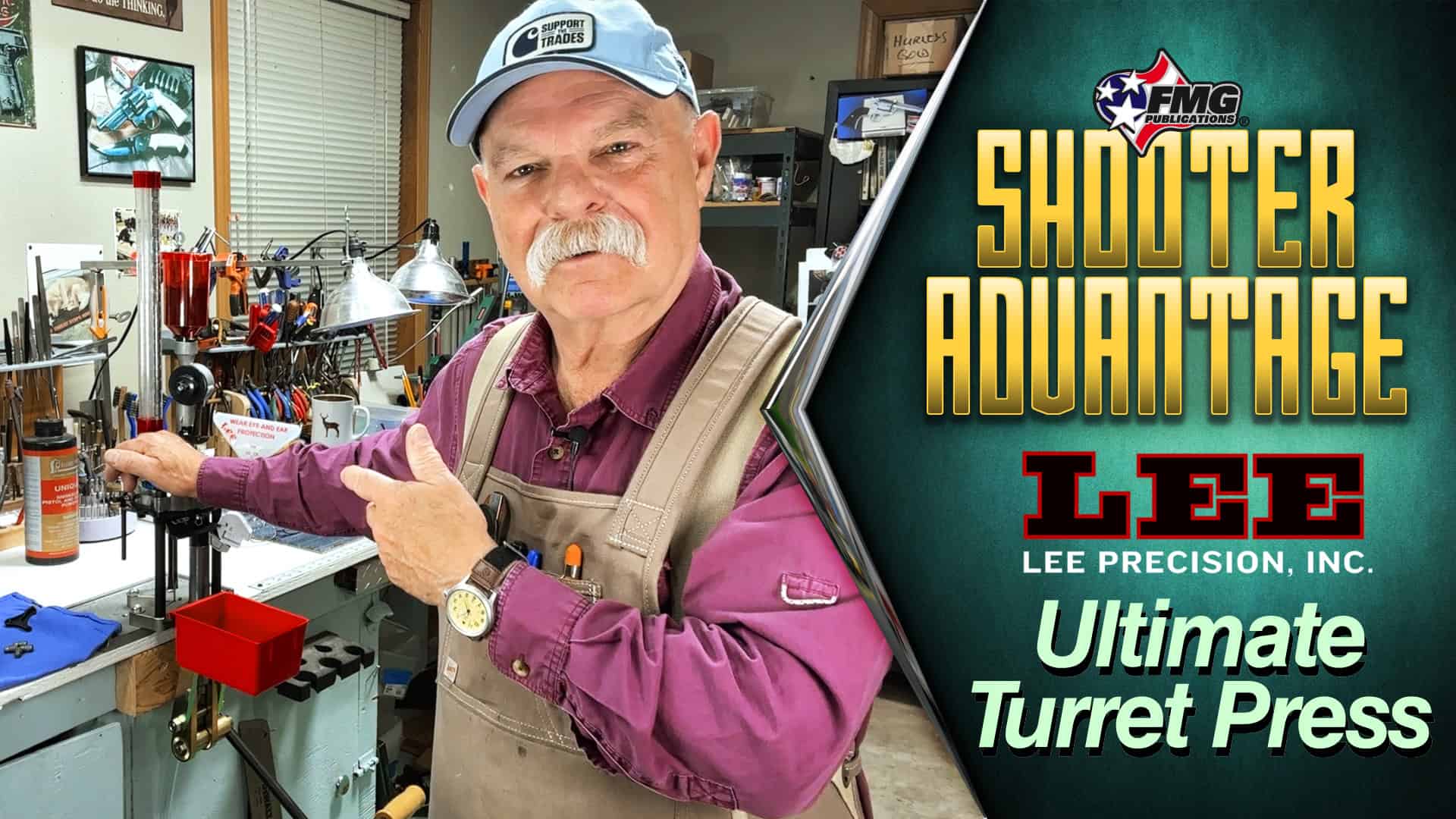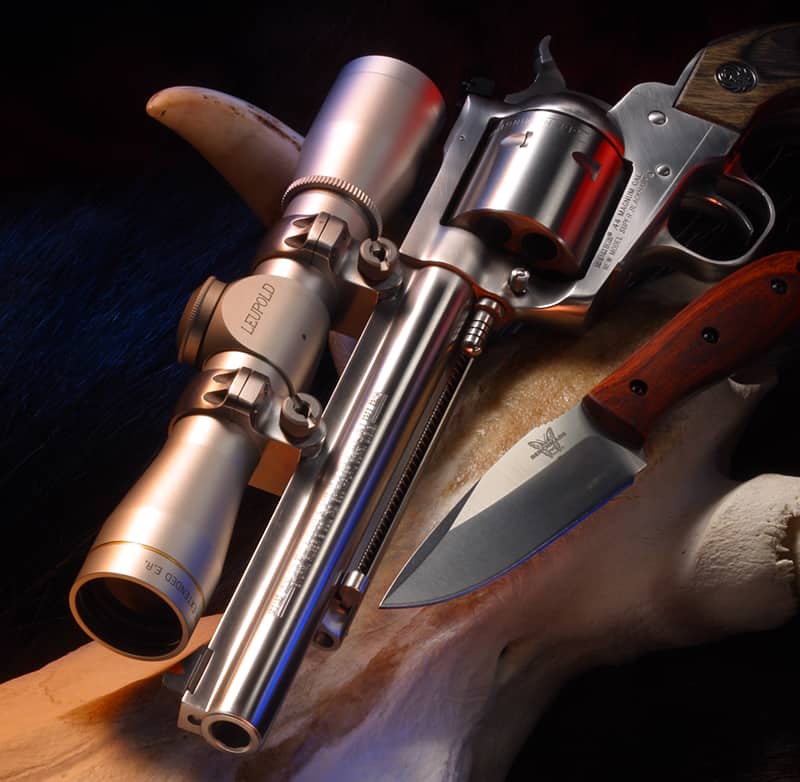The Scout Rifle
Cooper’s Time-Proven Concept
During a long and productive life, the late Col. Jeff Cooper introduced many innovative ideas in firearms and firearm training. One of his last projects was the “Scout Rifle” concept. Mainly through my involvement with IPSC shooting I met and talked with Cooper on several occasions — apparently without making any lasting impression, as I had to introduce myself every time.
At the SHOT Show one year, I ran into Cooper on the floor. What we chatted about I don’t recall, but it was likely some aspect of handgun shooting. Cooper said, “Let’s walk and talk, I have a meeting coming up.” The meeting turned out to be at the Steyr exhibit where I said goodbye. As I was leaving, I heard Cooper say to the Steyr rep, “Let’s make a rifle.”
The Bandwagon Rolls
In retrospect, Cooper must’ve made some convincing points. A couple years later, in 1997, Steyr introduced their Scout rifle. The Steyr Scout wasn’t an inexpensive rifle and never became a bestseller, but did well enough it’s still in production nearly a quarter-century later. I think Cooper, who died in 2006, would be pleased to see other makers — Marlin, Mossberg, Ruger, Savage, Springfield Armory, Tikka — offering rifles incorporating at least some of his design concepts.
Cooper’s original concept was of a general purpose, all-around rifle capable of handling a multitude of practical shooting demands. In our current era of specialization, this seems like a novel concept. When I was a kid, all-around rifles were the norm. The adults I knew owned one centerfire rifle and made it do for everything.
Personally, I like any reason to own another rifle but a shooter’s views gradually evolve. Even with a vault full of rifles, I only use a few on a regular basis. It seems these favorites, while not necessarily Scout rifles in every detail, do share Cooper’s basic concepts.
The Optical Element
One concept I can take or leave alone is the forward-mounted scope. I think it is regrettable this scope style has become the defining feature of the Scout rifle when it is just one aspect, and by no means the most important one. I’ve shot thousands of rounds with Scout-scoped rifles, and, believe me, I get the concept. Far from being an all-around sighting device, I find the Scout scope rather specialized. A conventional receiver-mounted scope of 4-6X is the most versatile sighting device I know of.
If the forward-mounted scope is keeping you from trying the Scout concept, just omit it and use a conventional one, or (gasp!) iron sights. Alternatively, do as I do and have a Scout scope with quick-detach rings in the rifle case.
What I consider the template for an all-around rifle actually goes back a long way, to 1944 and the Lee-Enfield No. 5 Mk. 1 “Jungle Carbine.” Though it had little impact as a military arm, the No. 5 appealed as a hunting rifle. What I like about current Scout rifles (and several “non-Scouts” as well) is they offer the good features of the No. 5 while making up for its few shortcomings.
The good features? They are compact overall length, moderate weight and adequate power. To these I would add the qualities I want in any rifle — reliability, durability, a good trigger, comfortable stock fit, balance and handling. I dislike muzzle-light rifles and want the balance point about 5″ ahead of the trigger.
Alternative Calibers
The .308 Winchester is most often associated with the Scout concept and I’ve had a lot of experience with this cartridge. I don’t understand how some consider the .308 a mild, moderate round. It’s actually a powerful round, and in a 7- to 8-lb. rifle has all the recoil most shooters can handle.
Depending on personal preferences, the .243 Winchester, .260 and 7mm-08 Remington are good options, and I’d certainly add the newer 6mm and 6.5 Creedmoor rounds to the list. It’s a nice bonus if the maker provides optional magazine capacities. I can’t imagine a need for more than a 10-round capacity, but I do like having the choice.
Other Options
If none of the Scout models appeals to you, there’s another alternative. Most makers offer youth/compact models, promoting them as ideal for women or young shooters. Here’s a secret: they’re ideal for about all shooters. I found this out long ago when my wife bought a Browning A-Bolt Micro-Medallion in 7mm-08. By the time I had a scope fitted and sighted in, I could hardly stand to give it back to her.
Generally these compact models have 16 ½ to 20″ barrels, 36 to 40″ overall length, and weigh 6 to 6 ½ lbs. I find the shorter length of pull (12 ¾ to 13″) an excellent fit when wearing a hunting coat. Compact models are available from Browning, Kimber, Remington, Ruger, Sako, Steyr, T/C, Tikka, Weatherby and Winchester.
I like ’em all — almost as much as I like my old Lee-Enfield No. 5.
